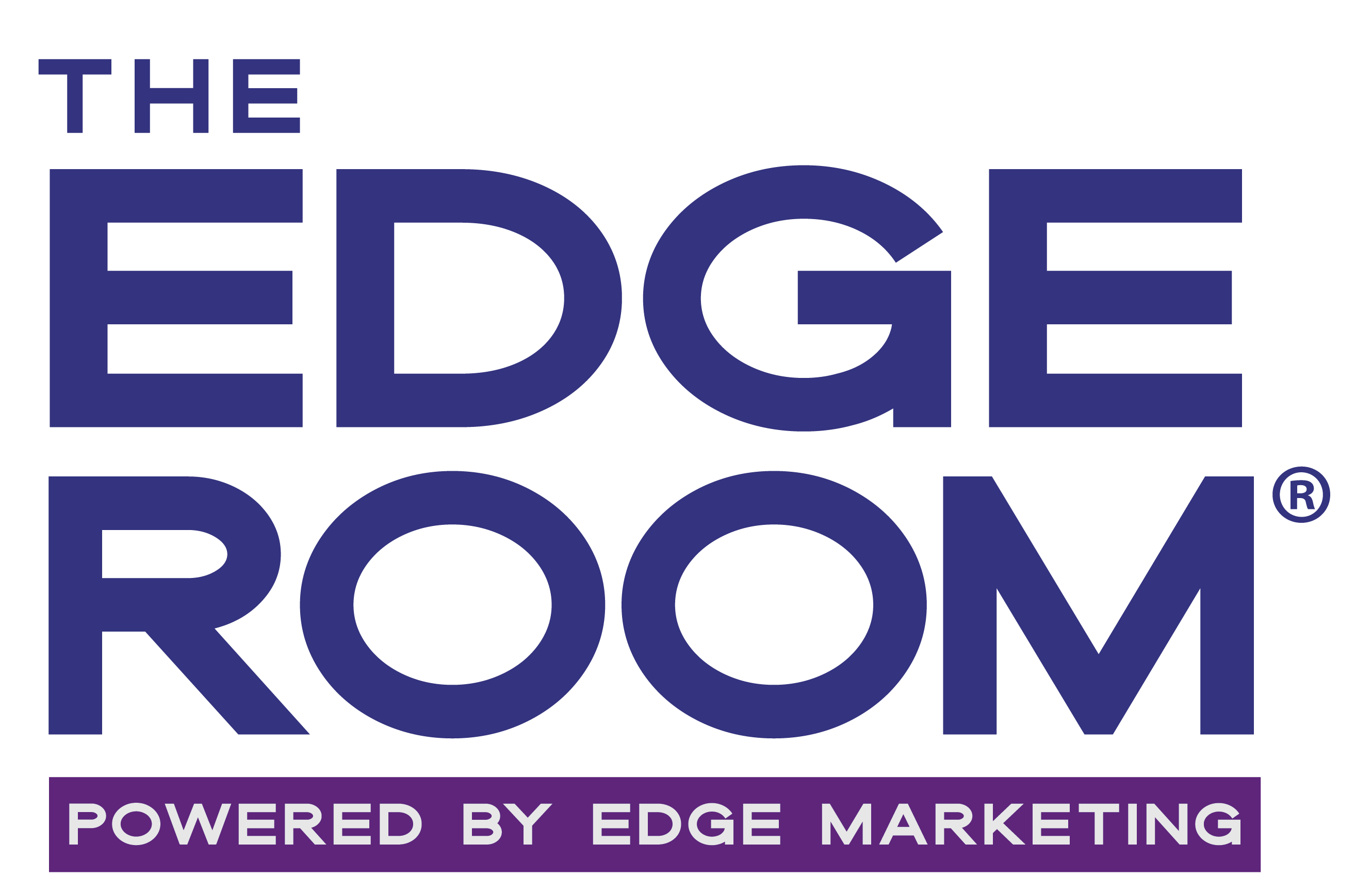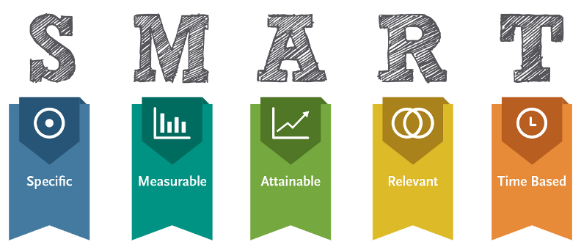When I get to the office in the morning, the first thing I do to start my day is make a big cup of coffee. The second thing I do is look at my calendar.
For some reason, it just sank in today, and I had to do a double-take. That can’t be right: June 2017?! We’re nearly halfway through 2017 already? How is that possible?!
Of course, time slips by because we are consistently consumed with and distracted by the day-to-day: We have meetings, deadlines, and appointments. There are the constant questions of “What’s for dinner?”; “Where’s my blue shirt?”; “Did that proposal go out?”; “When is the last time I called my mother?”; “Have I tweeted enough lately?” And on and on it goes until you wake up one morning and realize you’re six months into 2017, despite the fact that you’re still writing “2014” on your kids’ field trip permission slips.
We all start each new year with delusions of grandeur: This is the year I will join a gym and lose 10 pounds, get my inbox sorted and organized, eat more kale and less chocolate and start saving more for that anniversary vacation instead of inevitably spending up my travel nest egg on Black Friday.
What happens when you realize you’re six months into that shiny new year, and those goals that seemed so doable in January, now seem so far out of reach? How do you assess your progress to date? How do you get back on track and still meet those goals, with six months gone?
Are the goals we set in January, still SMART today?
There is a helpful acronym, coined in the 1980s to guide the process of goal setting. The acronym is S.M.A.R.T. A S.M.A.R.T. goal aligns with the following criteria: Specific, Measurable, Attainable, Relevant and Timely.
- Specific – Ask the “W” questions: What do I want to accomplish? Why is this an important goal for my team? Who is involved, and what are their roles?
- Example: A general goal could be, “Get more clients”; a specific goal would be, “Hit the 50-client mark by December 31.”
- Measurable – This requirement stresses the need for a concrete way to determine whether the goal has been reached: There is a definite finish line. Your team can visualize the proverbial tape breaking across their chests and celebrating their collective victory. “Get more clients” can mean different things to different members of your team; “Hit the 50-client mark by December 31” is a clear objective that leaves less open to interpretation.
- Attainable – Does my team have the resources required to reach this goal? On the one hand, setting the bar too low can lead to low motivation, procrastination and decreased morale. A goal that’s too easily achieved poses no challenge, offers little reward and inspires no action. On the other hand, a goal that is too far out of reach or beyond your capabilities and/or resources will also serve to demotivate. If you feel you’re set up to fail, why bother going to the effort of trying? It is crucial that you know your team and are able to walk the fine line between low-hanging fruit and implausible expectations.
- Relevant – If a goal is relevant, buy-in from your team will be a matter of course. A goal that is relevant is worth the costs and/or sacrifices entailed by such an undertaking and in keeping with the overall values of your organization, your brand and your long-term plans.
- Timely – A goal with no time restriction elicits no sense of urgency. “Lose 10 pounds” doesn’t convey the same message as, “Lose 10 pounds by July 4.” The ticking clock can provide the impetus for action: You know the end goal, and you begin to conduct your day with that goal in mind, bringing you closer to actualizing it.
Have we made any progress?
Breaking a large or long-term goal into more palatable, bite-sized, actionable steps can keep everyone from getting overwhelmed and paralyzed into inaction.
- Are we each clear on the goal, why we’re striving to achieve it and our respective roles in doing so?
- Are we holding accountable the members of our team to whom we’ve delegated specific aspects of the task
- What does that accountability look like?
- How can we effectively track our progress going forward to ensure we stay on target? Specificity can be key, but be cautious that you don’t get so caught up in tracking the progress and reporting on it, that you end up wasting more time, impeding the progress you’re tracking!
- Weekly/monthly reporting or status update meetings? To whom, by whom?
Avoid motivation drain.
The middle is tough. It’s where most people lose motivation, because they feel they’ve put in so much time and effort, but there is so much still to do.
- Keep a visual reminder of your goal nearby. Whether it’s a hand-drawn, data-driven thermometer graph taped to your office wall or a travel brochure stuck to your fridge with a magnet, the constant reminder of the finish line will help shape your behavior, getting you closer to those palm trees.
- Allow yourself to take detours: Tackling a long-term goal is daunting and draining, and a brief hiatus from the task at hand will enable you to come back, refreshed and re-energized; however, be sure to set a limit on how long that detour can be!
- Be open with your team about your dwindling motivation. Undoubtedly, they’ve struggled too. Lean on each other, use each other as sounding boards and help to boost each other back into gear.
Jackson Brown Jr. said, “You have exactly the same number of hours per day that were given to Helen Keller, Pasteur, Michelangelo, Mother Teresa, Leonardo da Vinci, Thomas Jefferson, and Albert Einstein.”
Reaffirm your commitment to your goals for the next half of 2017: Spend your finite number of hours in a way that will bring you closer to your target! Next year, you’ll be motivated by looking back on this year’s success!
About the Author
Tanya Amyote is a Marketing Assistant, database and Excel guru, and token Canadian at Edge. Tanya possesses a strong work ethic, impeccable communication skills, and a can-do attitude… as long as she’s had her coffee!
Tanya is an outspoken advocate for awareness of Osteogenesis Imperfecta (brittle bone disease), which she and her son both have. She is an avid reader, musician, and amateur photographer. In addition to their young son James, Tanya and husband Bryan have two rescue dogs, a senior pug named Harley and a small Heinz 57 named Luna.




